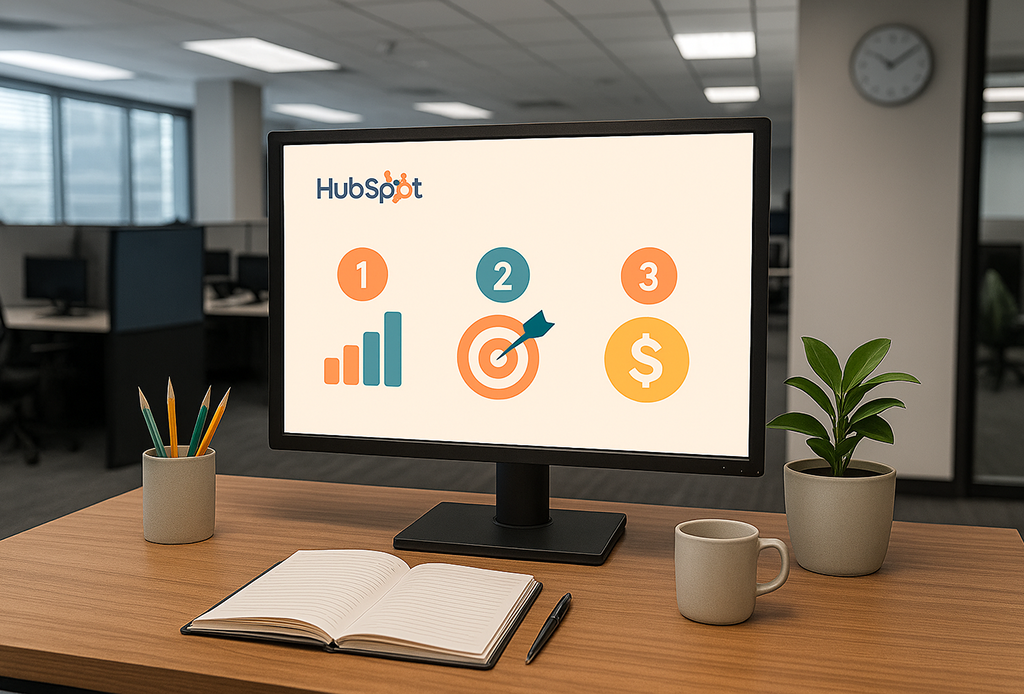Listen to the Blog
Because you don’t need a 10-stage sales process—you need a clear one.
If you're running a one-person sales team—or you're a founder doing sales yourself—you don't have time for complicated pipelines, manual tracking, or guessing where deals stand.
You need a clear, visual system that tells you:
- What stage each deal is in
- What to follow up on
- What’s likely to close this week or month
Good news: HubSpot makes it easy to set this up, even for those with no sales ops experience.
Here’s how to create a lean, effective sales pipeline inside HubSpot that’s built for speed, not complexity.
Step 1: Set Up a Simple 5-Stage Pipeline
Start with a clear and focused pipeline like this:
- New Lead – Someone just reached out or filled a form
- Contacted – You’ve replied or spoken with them once
- Demo/Call Scheduled – A sales call or intro meeting is set
- Proposal Sent – You’ve shared pricing or scope
- Closed Won / Lost – Deal is either closed or didn’t convert
Why it works:
No fluff. Every stage signals a real step in your process.
Step 2: Add Basic Properties That Help You Prioritise
Add or use default fields like:
- Deal amount
- Close date
- Contact source
- Notes from the last call or meeting
These will help you quickly spot which deals are high-value and time-sensitive.
Step 3: Use Tasks or Task Queues to Stay on Top of Follow-Ups
For each deal, create a next action:
- Follow up on the proposal
- Send a case study
- Schedule a demo recap
Use Task Queues to work through follow-ups daily without bouncing between tabs.
Step 4: Automate Small Actions to Save Time
You don’t need advanced workflows—just a few smart automations:
- Auto-create a deal when a form is submitted
- Send a reminder if an agreement hasn’t been updated in 7 days
- Send yourself a Slack or email when a deal reaches “Proposal Sent”
Bonus: Use HubSpot’s Gmail or Outlook plugin to log emails automatically.
Step 5: Review Pipeline Weekly
Every Monday or Friday, check:
- New leads added
- Deals in “Demo Scheduled” or “Proposal Sent”
- Follow-ups due this week
- Win/loss trends over the last 30 days
This quick routine will keep you focused and confident, without needing a sales manager.
Final Thought
Your first sales pipeline doesn’t need to be fancy.
It simply needs to be transparent, manageable, and aligned with your sales approach.
With just a few steps, you can turn HubSpot into your virtual sales assistant, keeping you on track, even when you’re wearing 10 other hats.







%201.png?width=1016&height=912&name=image%20(54)%201.png)